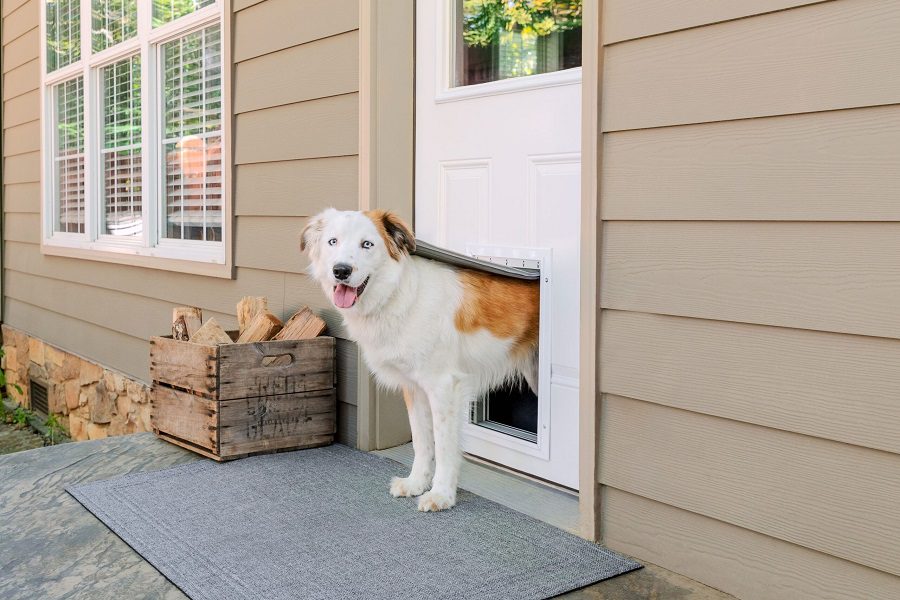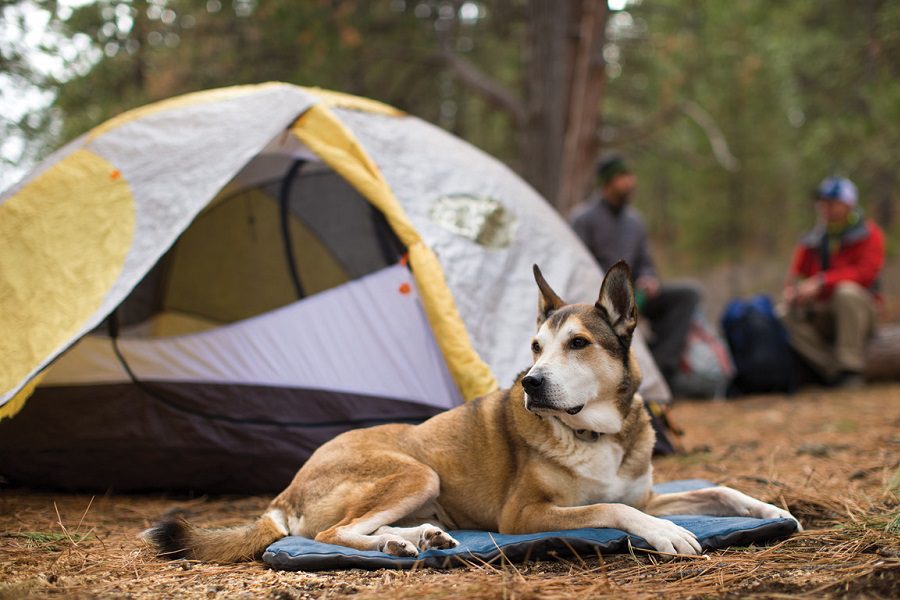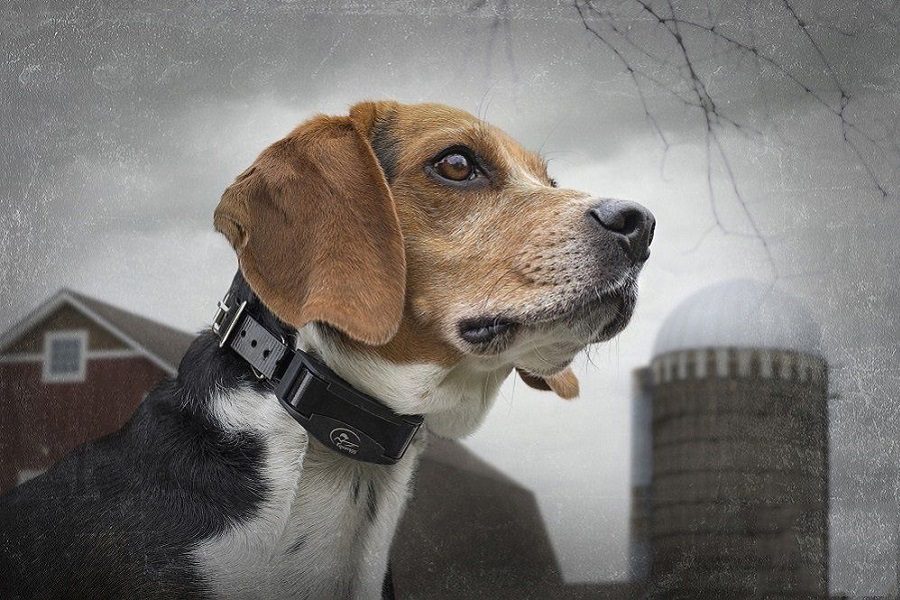Last Updated: 10 months ago
There is nothing unusual or unnatural about your puppy biting and nipping.
However, at some point, you must train your pooch not to nip and bite. What may be playful when they’re small can become painful and frightening when they’re larger.
Here’s your simple guide on how to handle this issue before you’ll be forced to use a dog muzzle in all social situations.
Start By Inhibiting Your Dog’s Ability To Bite
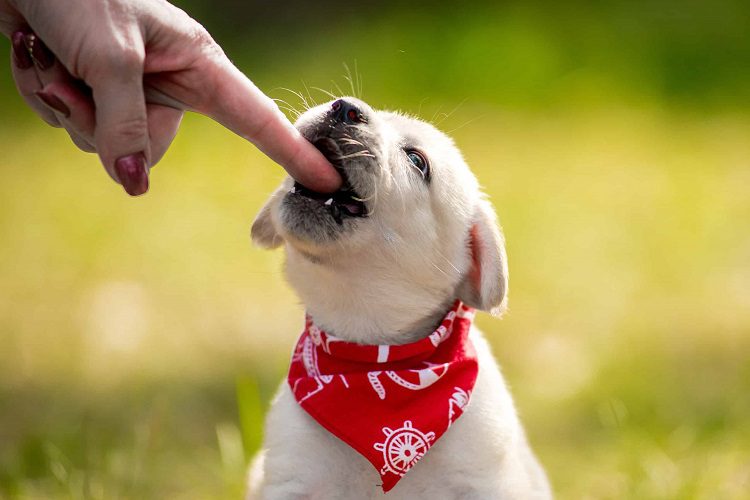
As puppies play, they mouth each other. The problem is that this can easily turn into a bite. When a puppy does this to another puppy, the puppy being bitten will likely give off a yelp, which indicates to the puppy biting that it should release.
Humans can use this natural training technique too. When your puppy nips or bites your hand too hard, let your finger or hand go limp and make a yelping noise.
Your puppy will release, at which point you’ll ignore them for twenty seconds and get back to playing.
As you’re doing this, remember that you don’t want to pull away from the bite because it can trigger the dog’s instincts to chase. If you find you have to use the limp and yelp program more than three times in twenty minutes, then it’s time to give your puppy a timeout.
The purpose of this type of training is for your puppy to learn that when they play gently, play continues. When they play roughly, play stops.
Be consistent, and teach everyone who’s around your dog to do the same. Only through consistency will your dog learn these long-term skills.
Teach Your Pooch That No Teeth On Your Skin is Okay
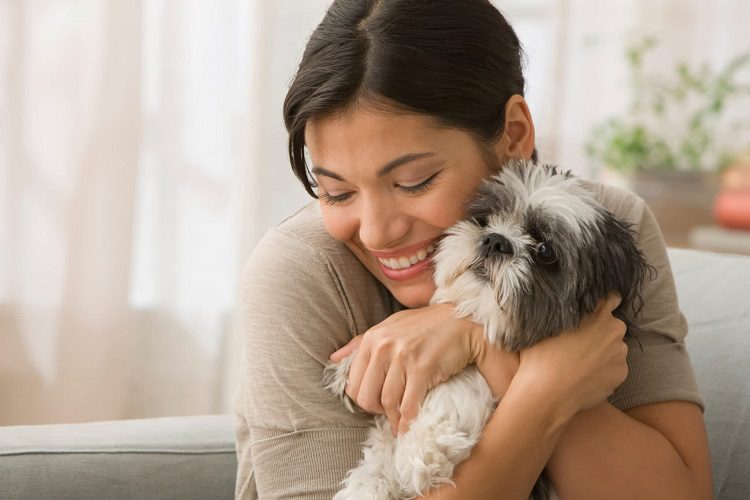
The above tips are to teach a puppy that it’s okay to mouth softly when playing. However, if you want to teach them not to be mouthy at all, these steps are the ones you should follow:
- When the puppy tries to mouth you, pull your hand away before they make contact.
- Give them a treat or wave around a toy until your pup bites it.
- Try non-contact games like tug-of-war or fetch that satisfy your pooch’s urge to mouth things.
- Never let tugging in games become aggressive; teach your pup to “let go” so you can remove something from their mouth without aggression.
Distract Your Puppy
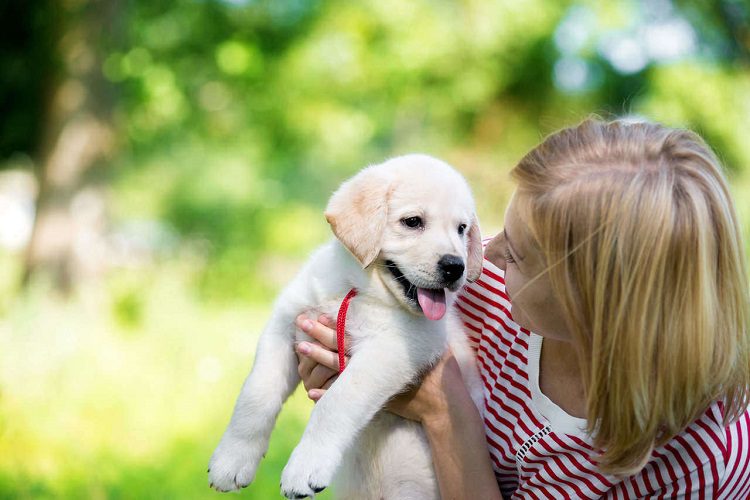
Another reason that puppies mouth things is because they’re curious about them. After you’ve puppy-proofed your home, you should be sure your pooch has plenty of safe chew toys selected specifically for your pup’s needs and how destructive they are.
Toys that allow you to hide treats inside them are also great for distracting pooches from nibbling on other things. They also offer mental simulation, as your puppy must figure out exactly how they can get the reward.
You can also talk with others in your area and find pooches for your puppy to play with. If you choose adult dogs, just make sure they’re vaccinated.
This will also work to help socialize your puppy, and these other puppies and dogs will do much of the work teaching your pooch when a bite is too hard.
Deter Your Puppy From Biting And Nipping
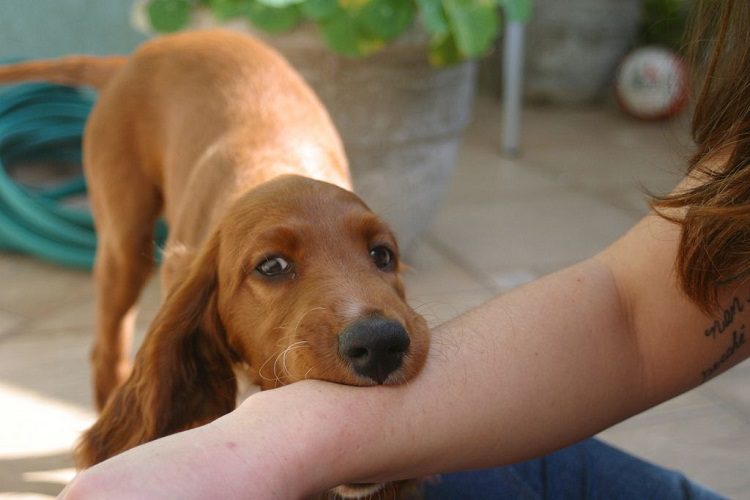
There are number of products on the market that are designed to keep your puppy from chewing or licking.
You spray them on an item, and then when your dog tastes them, they get an unpleasant taste or sensation in their mouths. There are two steps to using these for training:
- Associate the smell and taste so that just the scent will keep your pooch away from the item. Just put a little bit of the product on a tissue and put it in your dog’s mouth. He’ll spit it out right away, at which point you should let him smell it so he’ll make the association.
- Next, when you’re in the middle of training, leave your dog without access to water for up to an hour—though no longer than that! This is because if the dog can simply run to his bowl of water and get rid of the taste, it will be less effective.
While you’re training him, put the product on anything you don’t want him to lick or bite, including your arm or hand, once a day for between two and four weeks.
If you stop using the product and your pooch starts biting again, just go back to using it for a week or two.
Teaching Puppies Not To Bite Ankles
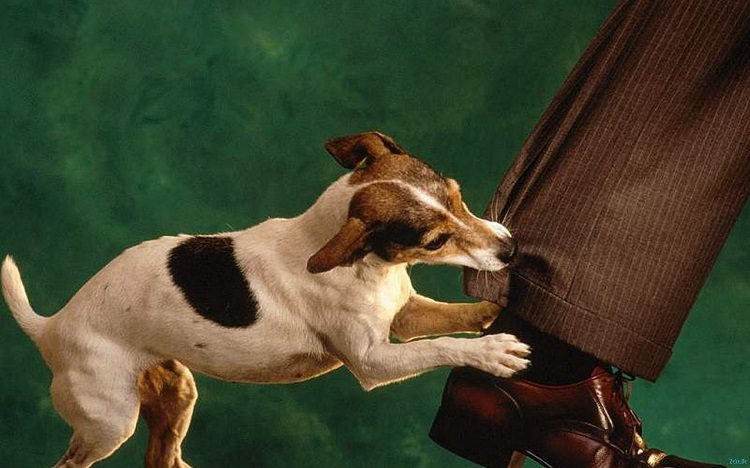
Lots of puppies are fascinated with nipping or biting people’s ankles or feet as they walk. This is especially true of dog breeds that are bred for herding. If you want to keep your puppy from doing this, start by keeping one of his favorite toys in your pocket.
When you see your pooch biting the ankles of someone else or doing it to you, have everyone immediately stop moving. Then wave the toy around. This will distract the pooch. Keep doing so until he latches onto it.
Of course, you won’t always have a toy with you. If this happens, just stop moving as soon as your puppy bites.
When the puppy releases on his own, then offer him praise, a treat, a toy you’ve found—whatever you can think of. The point is to teach your puppy that they get some kind of reward when the behavior stops.
Keep in mind that biting and nipping are completely normal and natural behaviors for puppies. However, they are unwanted behaviors in dogs. Most dogs surrendered to shelters are surrendered when they’re between 18 months and two years old.
That’s the point at which the “cute puppy” looks have worn off and behavior that was once cute has now become frustrating to the owner. To prevent bad behavior down the line, whether a month from now or a year from now, work now to stop puppy biting and nipping.
When you follow these simple training techniques, you can be a stress-free parent to your pooch and have a lifelong positive relationships.
Resources:

